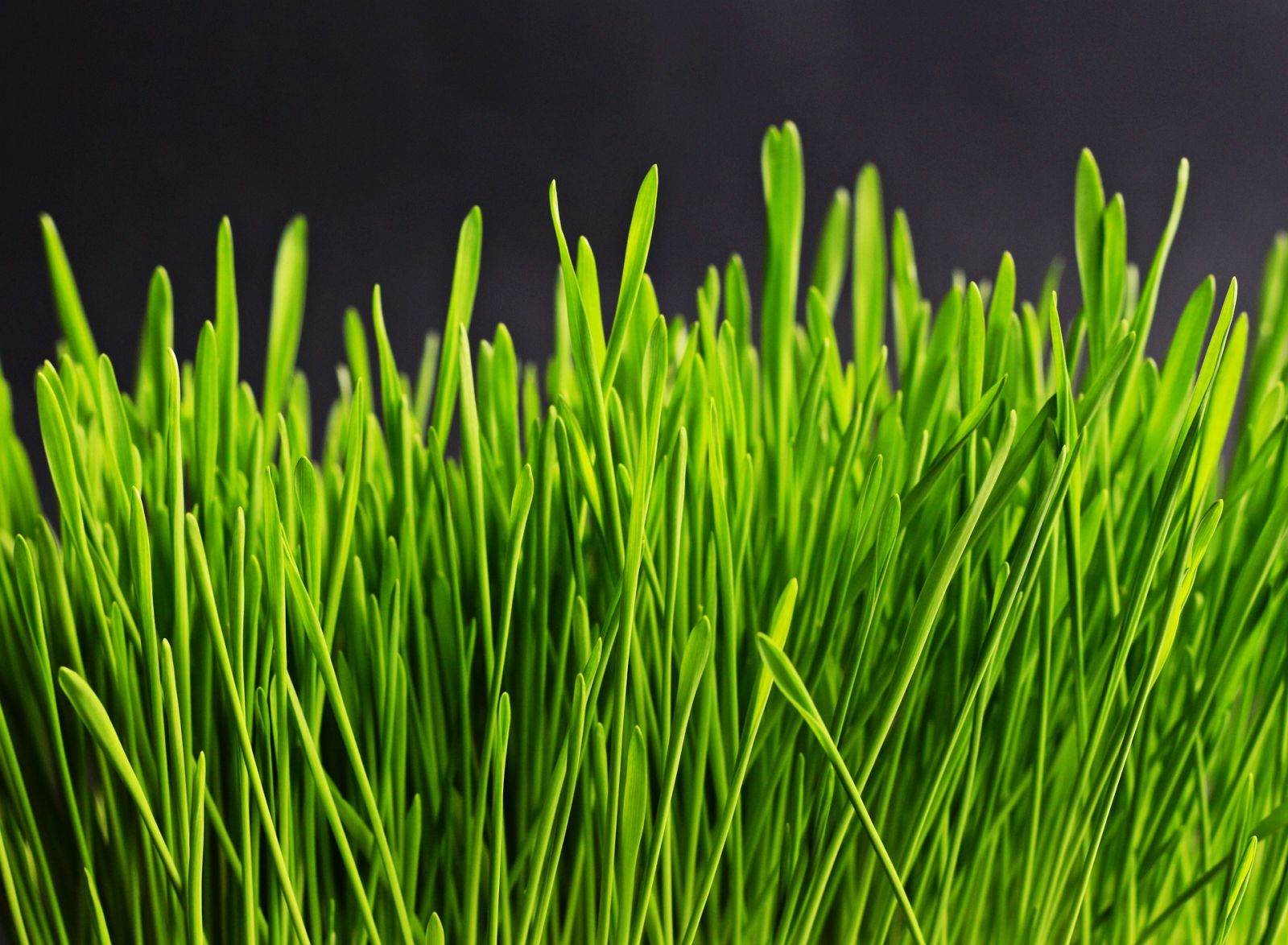How Often Should You Scarify Your Lawn?
One crucial aspect of lawn care that often goes overlooked is scarification. Scarifying your lawn is a vital process that can greatly improve the overall health and appearance of your turf. In this article, we will delve into the topic of scarification, discussing what it is, why it is essential, and how often you should scarify your lawn to achieve the best results.

What is Scarification?
Scarification, also known as dethatching, is the process of mechanically removing the layer of thatch that accumulates on the surface of your lawn. Thatch is a layer of dead grass, leaves, and other organic matter that accumulates over time and can hinder the growth of your grass. If left unaddressed, thatch can create a barrier that prevents water, air, and nutrients from reaching the soil and the grassroots, leading to a weak and unhealthy lawn.
Why is Scarification Important?
Scarification is crucial for maintaining a healthy lawn for several reasons:
-
Improved Nutrient Absorption: Scarification removes the layer of thatch that can block the absorption of essential nutrients, such as nitrogen, phosphorus, and potassium, from reaching the roots of your grass. This allows your grass to access the nutrients it needs to grow strong and healthy.
-
Enhanced Air and Water Penetration: Thatch can also create a barrier that prevents air and water from reaching the soil and the grassroots. Scarification helps to break up this barrier, allowing air and water to penetrate the soil more easily. This promotes a healthier root system and helps your lawn withstand drought conditions.
-
Reduced Pest and Disease Issues: Thatch can provide a hiding place for pests, such as insects and rodents, as well as create a favorable environment for disease-causing organisms to thrive. Scarification removes this hiding place and disrupts the habitat of these pests and diseases, reducing the risk of infestation and infection.
-
Improved Appearance: Thatch buildup can create an uneven and unsightly appearance on your lawn. Scarification helps to remove this layer of thatch, resulting in a cleaner and more attractive lawn.
How Often Should You Scarify Your Lawn?
The frequency of scarification depends on various factors, such as the type of grass, the thickness of the thatch layer, and the overall condition of your lawn. In general, it is recommended to scarify your lawn once or twice a year, typically in the spring or fall when the grass is actively growing.
However, it's essential to keep in mind that scarification is a mechanical process that can be stressful to your lawn, so it's crucial to avoid overdoing it. Over-zealous scarification can damage the healthy grass and soil, leading to a weakened lawn. Therefore, it's important to assess your lawn's needs and consult with a professional if you're unsure about the appropriate frequency for scarification.
How to Scarify Your Lawn
Scarifying your lawn involves using a specialized machine called a scarifier or dethatcher to remove the layer of thatch. Here are the general steps for scarifying your lawn:
-
Mow your lawn: Before scarifying, it's important to mow your lawn to a shorter height than usual. This helps the scarifier to penetrate the thatch layer more effectively.
-
Prepare the scarifier: Adjust the blades of the scarifier to the appropriate depth for your lawn. The blades should penetrate the thatch layer without damaging the healthy grass and soil.
-
Scarify your lawn: Run the scarifier over your lawn in parallel passes, overlapping each pass slightly to ensure thorough coverage. The scarifier's blades will penetrate the thatch layer, removing the accumulated organic matter and creating small grooves in the soil.
-
Clean up the debris: After scarifying, rake up the debris, including the thatch, and dispose of it properly. You can also use a lawn vacuum or blower to make the cleanup process more efficient.
-
Water and fertilize: After scarifying, it's important to water your lawn deeply to promote recovery and encourage new growth. You can also apply a balanced fertilizer to provide the necessary nutrients for your grass to rebound from the stress of scarification.
-
Monitor and maintain: Keep a close eye on your lawn after scarification and monitor its recovery. Avoid heavy foot traffic or other stressors during the recovery period, and continue with regular lawn care practices, such as mowing, watering, and fertilizing, to maintain a healthy lawn.
Conclusion
In conclusion, scarification is a crucial aspect of lawn care that should not be overlooked. It helps to remove the layer of thatch that accumulates on your lawn, improving nutrient absorption, air and water penetration, and reducing pest and disease issues. The frequency of scarification depends on various factors, and it's important to avoid overdoing it to prevent damage to your lawn. By following the proper scarification process and maintaining a regular lawn care routine, you can achieve a healthy and vibrant lawn that will be the envy of your neighborhood.








